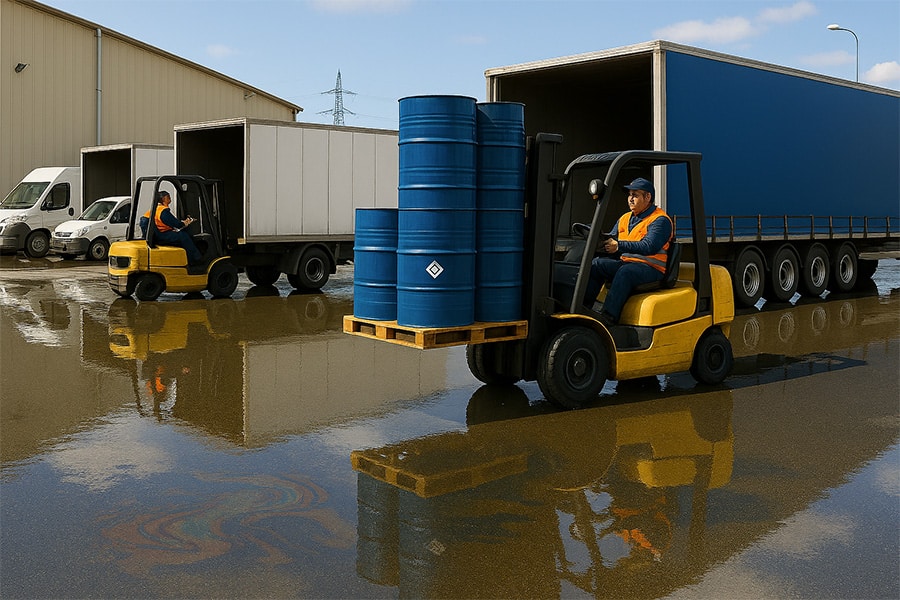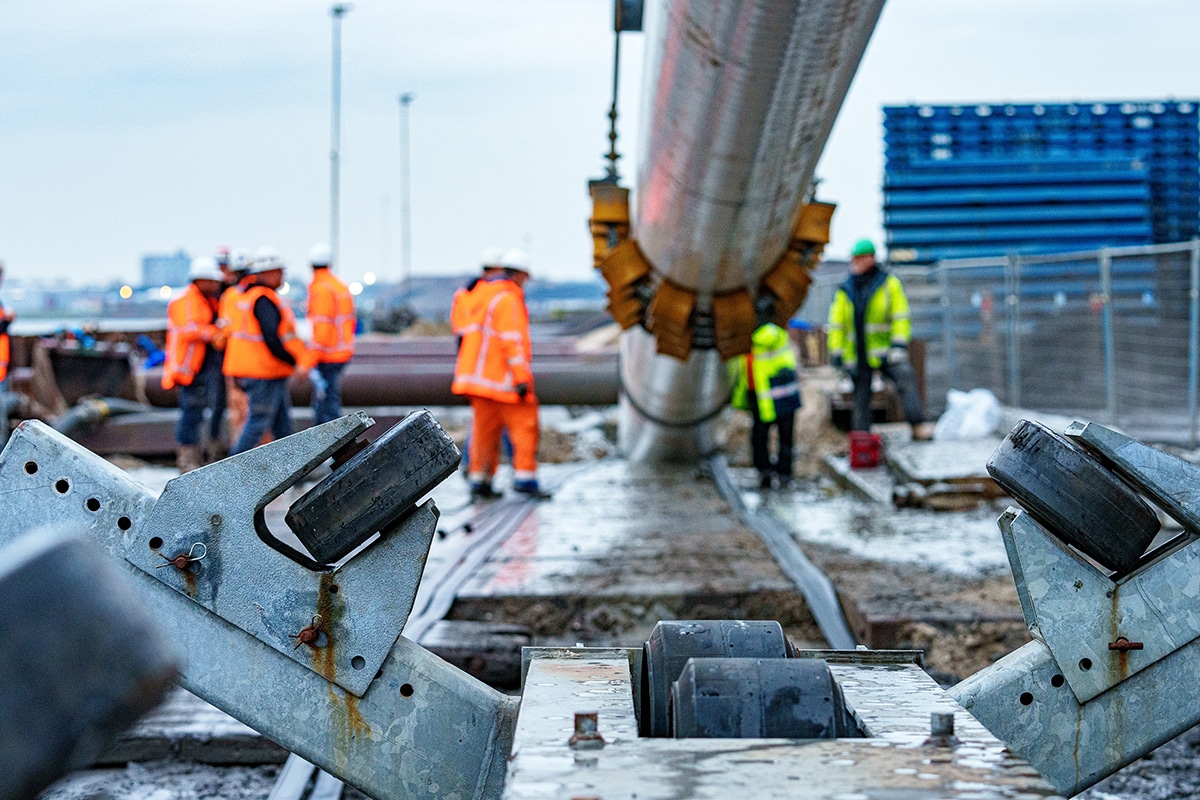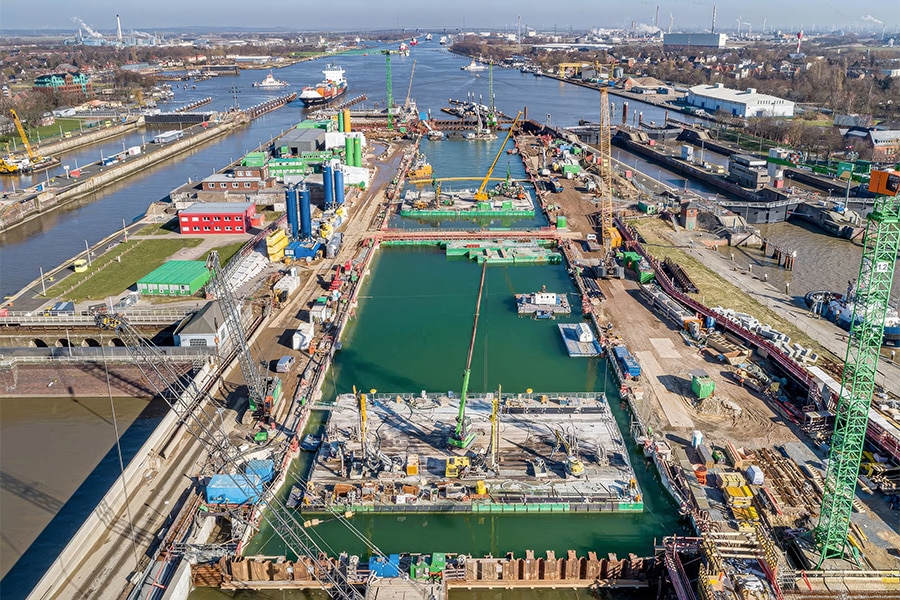
At the Lely monument, halfway down the dike, a sheet pile structure was installed with anchoring.
Excavating sheet piles a best job
Underwater excavation is a craft. A trade that the people of Bonneveld understand well. On the Afsluitdijk near Kornwerderzand, they were commissioned by construction consortium Levvel to excavate a total of three sheet pile pits as well as the passageway for the Vismigration Pier. "In total, we excavated 26,000 m3 clay and sand under water excavated and sucked away," said project manager Stefan Albers.
The Afsluitdijk is a wonderful Rijkswaterstaat project to work on, says Albers. "This is where our experience and expertise in wet excavation comes into its own. For the underwater work at Kornwerderzand, we took care of the complete picture: excavating the wet excavation pits, taking care of the diving work, up to and including pouring underwater concrete. The advantage is that we have all the necessary equipment and resources in-house for underwater excavation. Think of polymer plants, pontoons, silt buckets, squeezes and specially developed pumping plants for excavating building pits."

At great depth
The three sheet pile pits at the Kornwerderzand floodgate obviously presented challenges. The largest sheet pile goes to a depth of 16 meters. The largest sheet-pile pit will house the gigantic roller door, weighing 950,000 kilograms, 56 meters wide and 15 meters high. At very high water levels, it is pushed shut. "Here we had to work very carefully because we had to dig between the foundation piles and so there was limited space. Also, the sheet pile walls were coated and were in no way to be damaged. That is why, among other things, we dug with GPS." What also caused the necessary headaches was the fact that the sheet piles were put away raised in connection with possible very high water levels. "We excavated to a depth of 16 meters from the top of the sheet piling. A total of over 8,000 m3 soil excavated and 6,000 m3 sand sucked away. Moreover, you are working on protected water bottom which of course also requires the necessary measures." In addition to excavation, Bonneveld cleaned the underwater sheet piles, applied a gravel layer, installed relief wells and poured underwater concrete. After pumping out the sheet piling, the entire area was cleaned and handed over clean to Levvel.
Sand sustainably reused
Bonneveld was also responsible for excavating one of the sheet pile pits for the Vismigration Pier, including the diving work, pouring the underwater concrete and cleaning the pit. Albers: "During the work, road traffic continued to drive over one section of the construction pit. That also required meticulous work. The sand and clay that was released here was sustainably reused elsewhere on the project. In total, we used 9,000 m3 excavated and 3,000 m3 sucked."
Short time frame
Albersk looks back with pride on Bonneveld's contribution. "Thanks to the good cooperation with all parties involved, with the necessary flexibility and creativity, we realized everything within the deadline."




